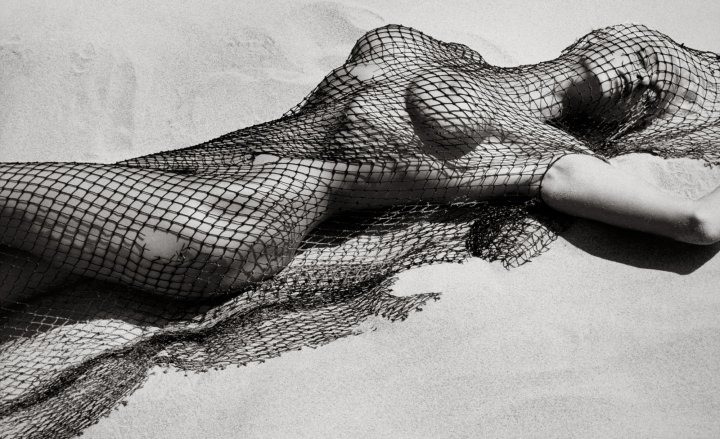Herb Ritts was born in Los Angeles in 1952.
He began his photographic career in the late 1970s and gained a reputation as a master of art and commercial photography. In addition to producing portraits and editorial fashion for Vogue, Vanity Fair, Interview and Rolling Stone, Ritts also created successful advertising campaigns for Calvin Klein, Chanel, Donna Karan, Gap, Gianfranco Ferré, Gianni Versace, Giorgio Armani, Levi’s, Pirelli, Polo Ralph Lauren, Valentino among others.
In the late 1980’s he began directing numerous influential and award-winning music videos and commercials. His fine art photography has been the subject of exhibitions worldwide, with works residing in many significant public and private collections including the J. Paul Getty Museum and the MFA Boston, amongst others.
Ritts was committed to HIV/AIDS related causes, contributing to many charities such as Elizabeth Taylor AIDS Foundation and he was a charter member on the Board of Directors for the Elton John Aids Foundation. Herb Ritts died on December 26th 2002. Prior to his death, Ritts communicated his desire to create a foundation that would carry on his passion for photography and charitable support for HIV/AIDS, thus in 2003 the Herb Ritts Foundation was established. “Herb made truly unforgettable photographs. He gave us a visual record of his time and place and a portrait of an era. The sand, sea, shadows, and sky were his backdrops. Perfectly sculpted light, elegant strength and an enduring beauty are the defining characteristics of his work.” (David Fahey)
In his life and work, Ritts was drawn to clean lines and strong forms. This graphic simplicity allowed his images to be read and felt instantaneously. They often challenged conventional notions of gender or race. Social history and fantasy were both captured and created by his memorable photographs of noted individuals in film, fashion, music, politics and society.




